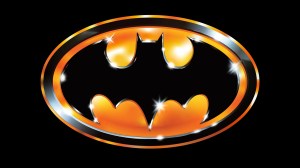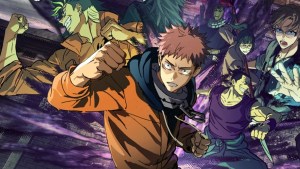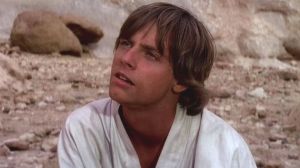Everyone knows Nintendo as one of the titans of the video game industry, responsible for countless media juggernauts that have consumed the childhoods and even adulthoods of many lifelong fans, but they had to begin somewhere. As a small company founded in—if you can believe it—the early 1800s, Nintendo began making hand-painted decks of playing cards. They grew into a toys and games company that, almost 140 years later, released a game that would change the world of in-home gaming forever: Super Mario Bros.
Videos by ComicBook.com
Super Mario Bros. Sent Out Shockwaves in the Game Industry

Super Mario Bros. was released in Japan in September of 1985, two years after the release of the Nintendo Entertainment System console for which it was made. Upon its release, it immediately became a bestseller, shipping 1.2 million copies in September alone. After four months, it had over doubled that number in Japan and went on to sell more than a million copies in the US after its release in 1986. Despite how simple the game seems from a modern perspective, Super Mario Bros‘. success went on to revolutionize the gaming sphere after its release.
One of its most significant contributions to gaming history is the popularization of the side-scrolling genre. These games existed, but the technology of in-home computers couldn’t really keep up with any sort of quick movement that fast-paced gaming required. Using an improved version of the engine used to create Excitebike, Shigeru Miyamoto and Takashi Tezuka pushed Super Mario Bros. to be colorful, strategically difficult, and smooth. The engine allowed more precise and interesting movements than other “athletic games” (a name given to the genre that would later become “platformers”), making for fresh and dynamic gameplay that no one else in the industry could match.
This improvement on their game engine allowed Nintendo to get an edge on their competitors, with the NES redefining the video game market in North America following the video game crash in 1983, thanks to a clever marketing decision to advertise it as a toy rather than as a family computer like its Japanese counterpart. Nintendo had been mildly successful in Japan prior to Super Mario Bros., but the increased success of the Famicom—the NES’ original name in Japanese markets—thanks to SMB sales allowed Nintendo to go full send into in-home consoles rather than arcade machines like many of their competitors.
Soaring Nintendo success meant that Nintendo, which previously had only allowed Nintendo-branded software to be sold for their consoles, was inundated with pitches from other studios. Their decision to allow third-party games onto Nintendo consoles was enabled by an exclusivity agreement that meant the Famicom and NES were the consoles most consumers were looking to buy. This perfect storm of variables meant that Super Mario Bros. went on to transform from a classic video game and sweet childhood memory into a cultural phenomenon.
Thanks to Mario, Nintendo Is a Household Name
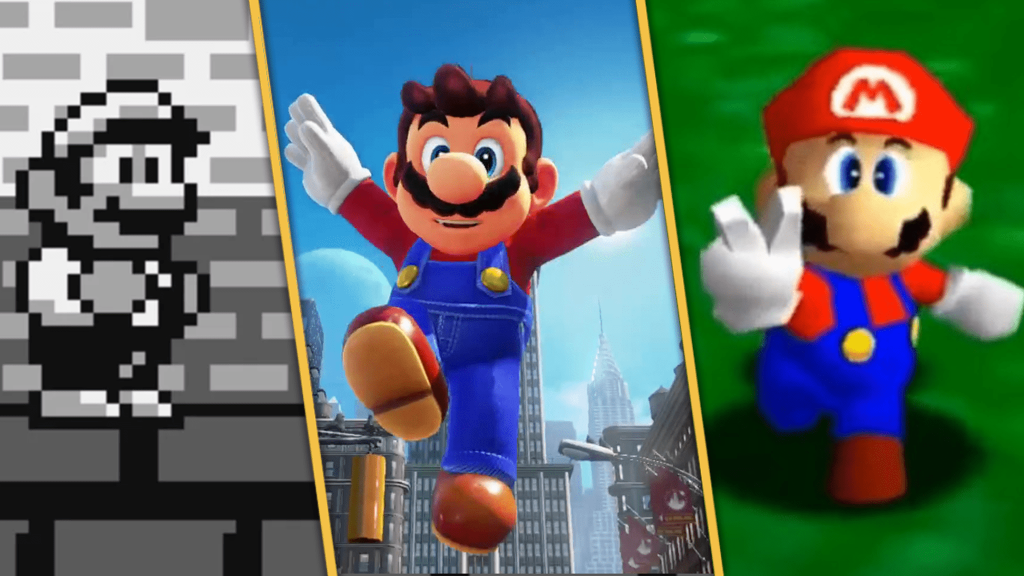
While other games at the time focused mainly on scoring high, Super Mario Bros. balanced smooth and skillful gameplay with the story that its developers wanted to tell. Saving Princess Toadstool wasn’t the most emotional or heart-wrenching journey ever seen in a game, but in an industry that was filled with games about “number get bigger,” a game with a determined and noble hero on a quest to save the princess was a breath of fresh air. Unlike the Ghostbusters video game that came around the same time, Super Mario Bros. was lauded for its music, gameplay, and lasting impression.
Not only did Super Mario Bros‘. story make it more interesting to play, it allowed the game’s cultural impact to ripple out past the game’s fans and into the everyday. Mario quickly became a household name and one of the most recognized characters in the world, and the Mario franchise one that includes games, movies, tv shows, soundtracks, and countless fans talking about the franchise every day. Mario isn’t just a character, he’s a symbol of gaming itself, even when he’s in media outside of the video game industry.
Mario’s Cultural Impact Reaches Every Media Form on Earth
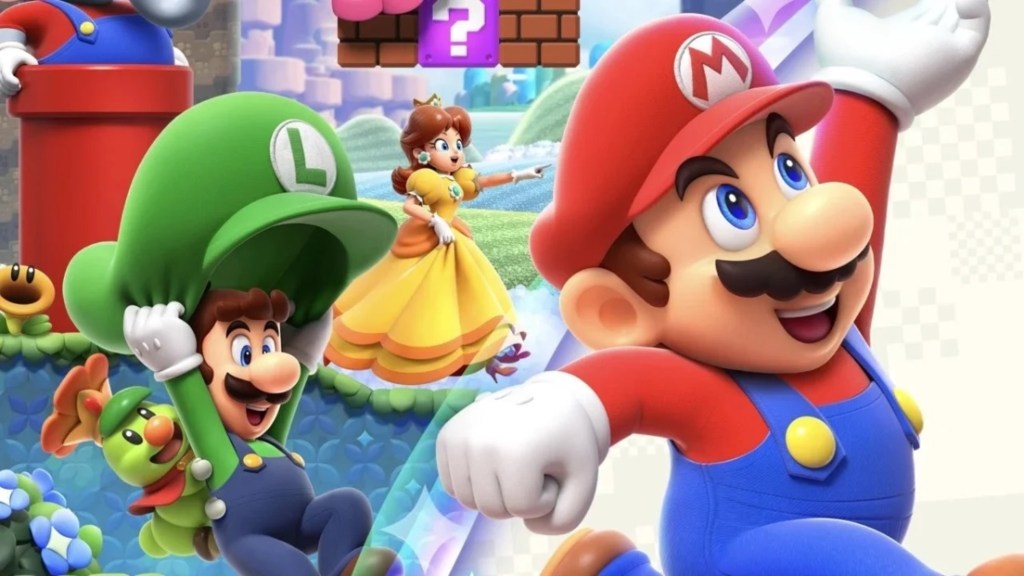
Around 22 games, three movies, countless pieces of official merch and toys, and even an official themepark feature the jumpman himself, and these numbers are surely higher when unofficial works are taken into account. Outside of spawning a media empire that’s lasted four decades and becoming the most iconic video game character of all time, Mario has accrued millions of fans just by virtue of his instantly recognizable branding. Nintendo and the Mario name are introduced to kids in their infancy, with many across the globe growing up with Nintendo’s games and products in their homes, and it’s all thanks to the success of Super Mario Bros. forty years ago.
Despite the series’ age, it’s still going strong. The release of Super Mario Odyssey for the Nintendo Switch in 2017 was one of the console’s most successful releases and sold over 29 million copies by March of 2025. Many are anticipating the release of a new Mario game despite over 35 already existing when considering mainline and spinoff entries into the series. Though Super Mario Bros. is a simple sidescrolling platform game, its impact on the gaming industry and the world cannot be overstated. Without the popularization of platformers that SMB catalyzed, some of gaming’s most iconic works likely wouldn’t exist. So as you sit down to play Silksong, remember to thank Nintendo and Super Mario Bros. for their service.
What do you think? Leave a comment below and join the conversation now in the ComicBook Forum!




